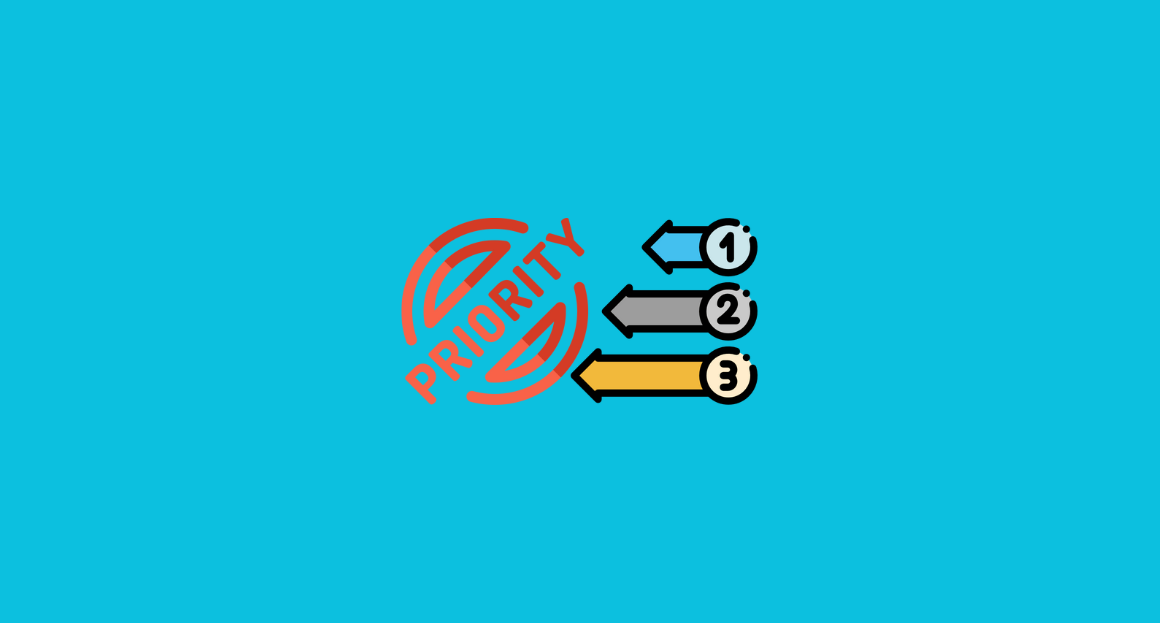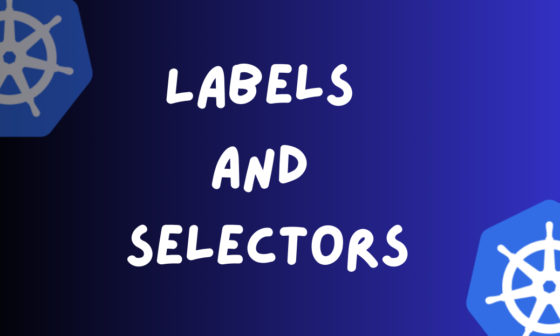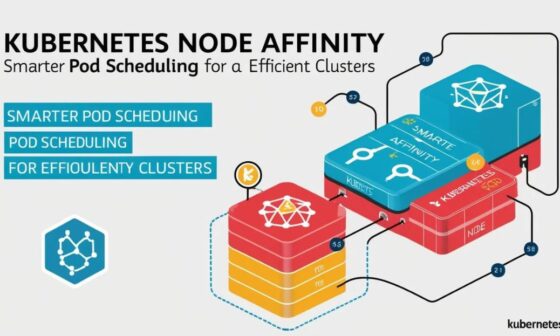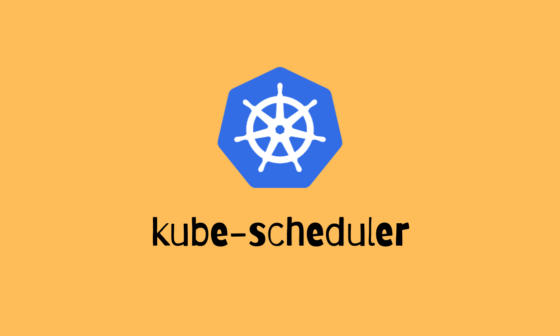In a busy Kubernetes cluster, everyone wants resources – but not every Pod is equally important. That’s where Kubernetes Priority Classes step in, acting like a VIP pass for your workloads.
What Are Kubernetes Priority Classes?
A PriorityClass in Kubernetes assigns a priority value to Pods. When the cluster runs out of resources, the scheduler evicts lower-priority Pods first, ensuring your mission-critical workloads always get what they need.
- Higher number → higher priority during scheduling and preemption.
- Helps Kubernetes decide which Pods to schedule first when resources are limited and which Pods to evict when the cluster is under pressure.
Think of it as:
- High Priority → Keep running no matter what.
- Low Priority → Give up resources if the cluster is stressed.
It’s not about allocating CPU/Memory – that’s still handled by Requests & Limits – but it influences which Pods get the chance to run.
Why Do We Need Priority Classes?
Imagine a multi-tenant Kubernetes cluster:
- Tenant A runs business-critical apps (e.g., payment processing).
- Tenant B runs batch jobs that can be delayed.
If the cluster is full, we don’t want payment processing Pods to be evicted just because a batch job got scheduled first. Priority Classes prevent that scenario.
How Kubernetes Uses Priority Classes
- Scheduling – When new Pods arrive:
- The kube-scheduler first tries to place all Pods.
- If resources are insufficient, it schedules higher-priority Pods before lower-priority ones.
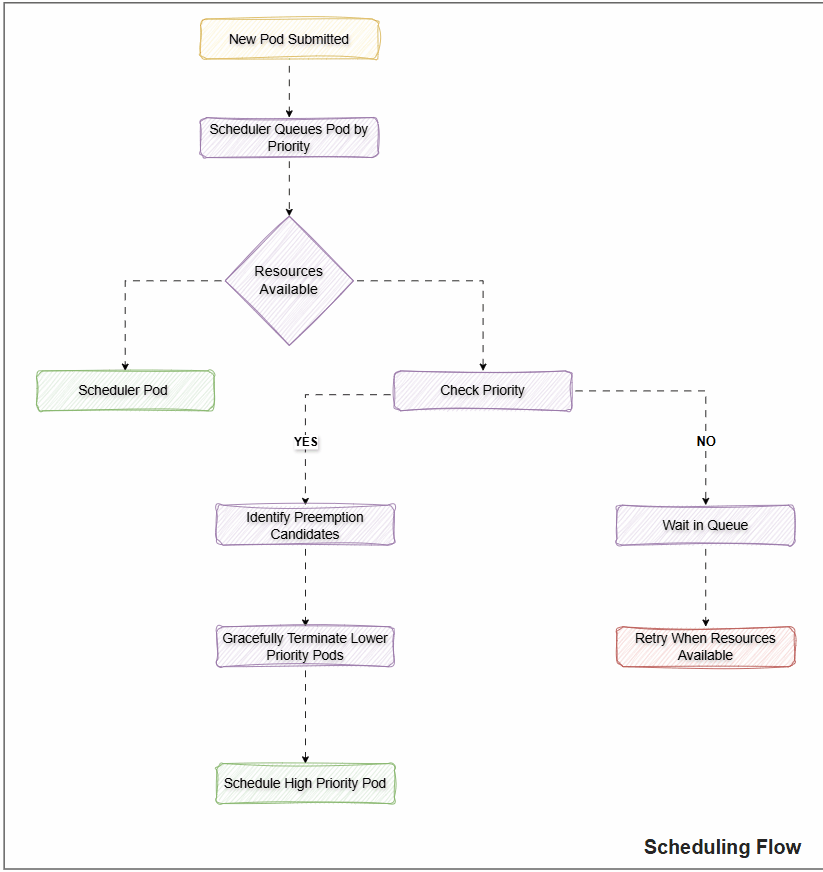
- Preemption – If a higher-priority Pod can’t be scheduled
- Kubernetes finds lower-priority Pods to evict until there’s enough room.
- Only Pods with lower priority can be preempted — never higher or equal.
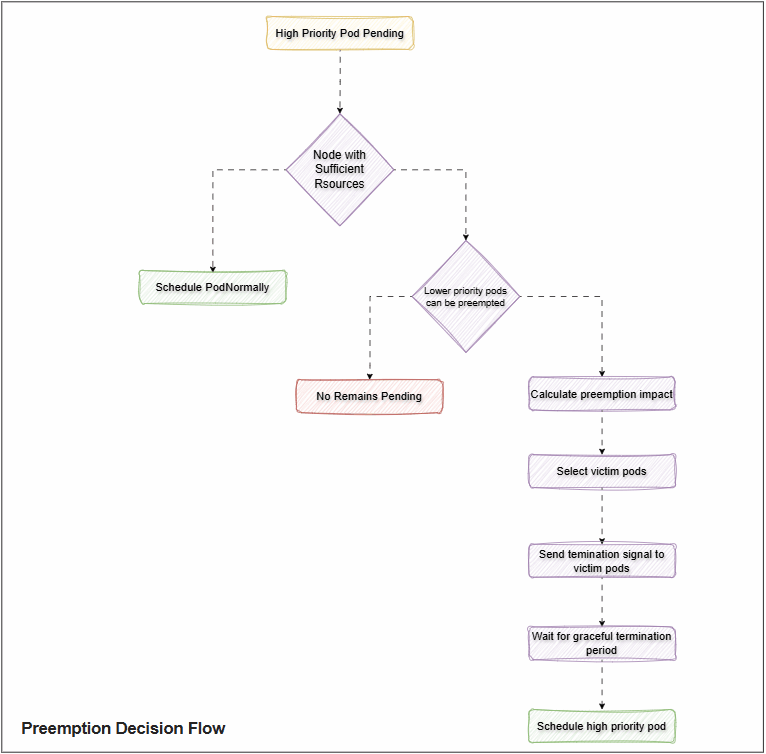
How It Works
- Create an
PriorityClassobject with avalue(higher = more important). - Assign it to your Pod via
priorityClassName. - Kubernetes uses it during scheduling and preemption.
Creating a Priority Class
You create a PriorityClass object once, then reference it in Pods.
apiVersion: scheduling.k8s.io/v1
kind: PriorityClass
metadata:
name: critical-apps
value: 100000
globalDefault: false
description: "Used for mission-critical workloads"Apply it to a Pod:
apiVersion: v1
kind: Pod
metadata:
name: payment-service
spec:
priorityClassName: critical-apps
containers:
- name: app
image: myapp:1.0
resources:
requests:
cpu: "500m"
memory: "512Mi"Key Parameters in Priority Classes
| Parameter | Purpose |
|---|---|
value | Integer priority score (higher = more important) |
globalDefault | If true, Pods without a priorityClassName get this priority |
description | Human-readable explanation |
Best Practices
- Reserve highest priorities for essential workloads (monitoring, logging, core services).
- Avoid making everything high-priority — it defeats the purpose.
- Combine with PodDisruptionBudgets to avoid unwanted evictions.
- For batch workloads, use low-priority classes so they yield under pressure.
When to Use Priority Classes
- Critical system components (e.g., monitoring, ingress controllers)
- Business-critical applications during peak load
- Multi-tenant clusters to prevent resource starvation
Kubernetes Priority Classes keep your most important workloads running when resources get tight — because in the cluster world, priority matters.
